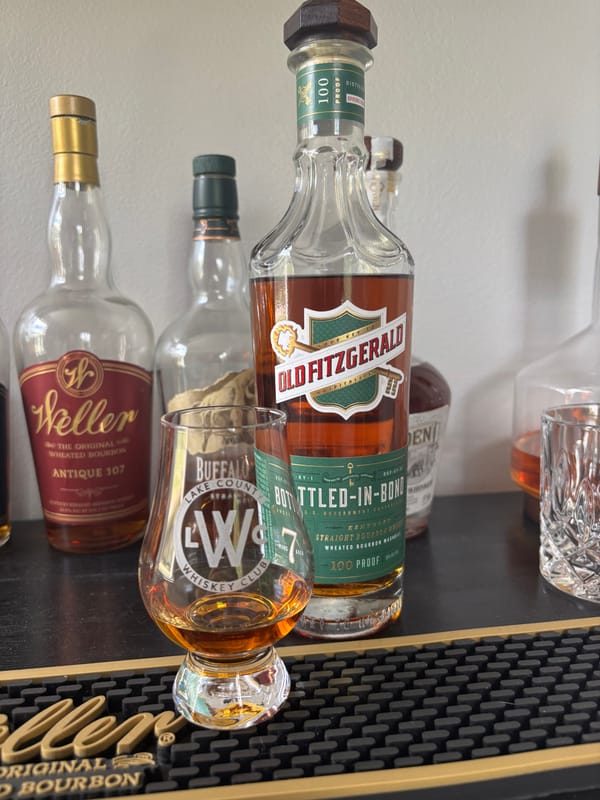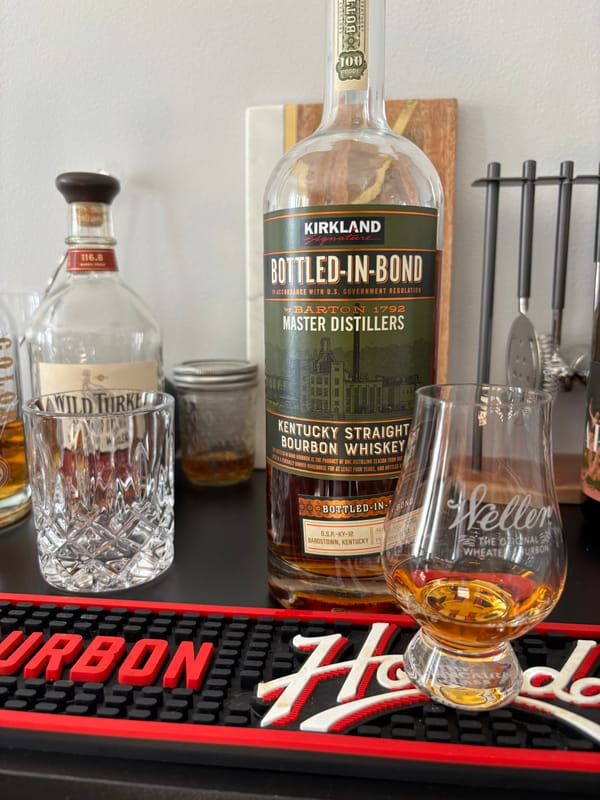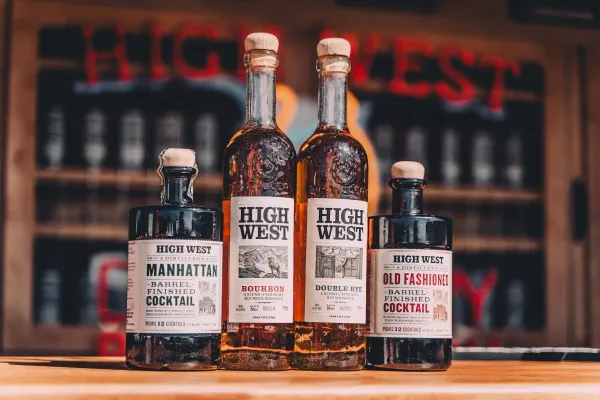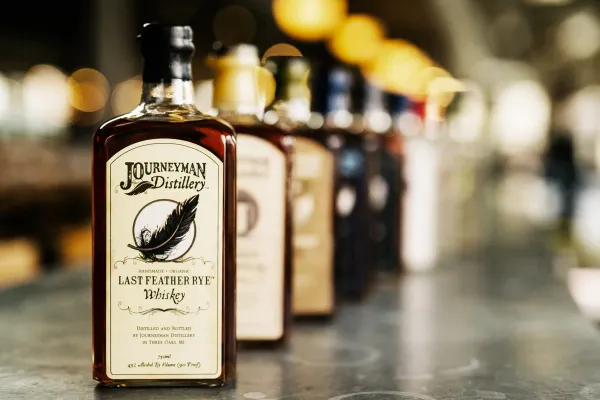Still Types Unveiled: The Whiskey Gear You’ll Wish You’d Geared Up For

Still Types: The Whiskey Tool You Can’t Miss
Stills forge whiskey’s spirit—if you don’t know their types, you’re missing the machinery that defines every drop. It’s craft, not chaos. Here’s the pure truth about still types in whiskey, from process to pour, and why it’s your 2025 must-know.
What Stills Shape Whiskey?
U.S. law requires whiskey—51% grain minimum—to distill to 160 proof max, barrel at 125 proof max, age in new charred oak, and bottle at 80 proof minimum. Stills—pot or column—do the work. Pot stills batch it, column stills run continuous—both legal, both key.
How Still Types Process Whiskey
Mash—8-10% ABV after fermentation—enters the still. Pot stills heat it in batches, collecting alcohol at 160 proof max—slow, rich with grain. Column stills flow nonstop, refining to 160 proof max—faster, cleaner, but still whiskey. Barrels take it next—stills set the spirit’s base.
What Still Types Mean for Your Whiskey
Pot stills keep it heavy—corn’s sweetness or rye’s spice stays thick after oak aging. Column stills lighten it—smoother bourbon or rye emerges. Every sip’s texture—robust or refined—links to this—law caps proof, stills shape the feel.
Why Still Types Matter in 2025
Stills are whiskey’s forge—by 2025, knowing them could explain every pour’s weight, from hearty to sleek. It’s the truth in the metal—don’t miss its mold. Want to taste stills’ craft? Check out NEAT: Whiskey Finder—it’ll help you track down bourbon and whiskey near you.





